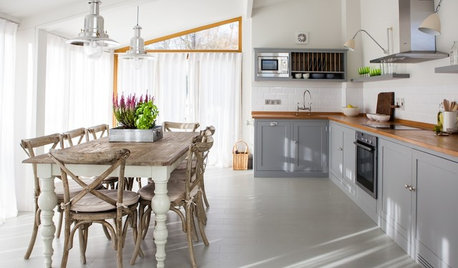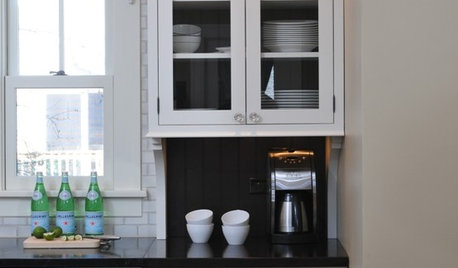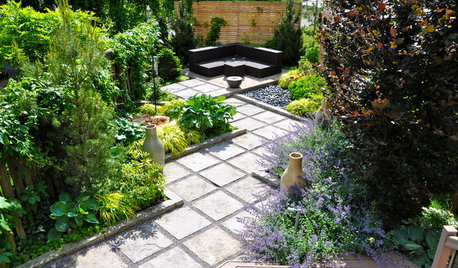Garlic Vernalization Question
james
13 years ago
Related Stories

DECORATING GUIDESSwing for the Fences With Baseball Decor
Show major-league style with artwork, memorabilia and other baseball-theme elements that are fan-tastic
Full Story
DECLUTTERINGFoolproof Ways to Declutter Your Kitchen
If you find yourself fumbling through cupboards to find what you’re looking for, it’s time to take action with these simple steps
Full Story
GARDENING GUIDES10 Easy Edibles for First-Time Gardeners
Focus on these beginner-friendly vegetables, herbs, beans and salad greens to start a home farm with little fuss
Full Story
EDIBLE GARDENSSummer Crops: How to Grow Tomatoes
Plant tomato seedlings in spring for one of the best tastes of summer, fresh from your backyard
Full Story
HOUSEKEEPINGThe Great Kitchen Cabinet Cleanup
Purge your way to a clean kitchen, then put pieces back for maximum efficiency and orderliness, with this step-by-step guide
Full Story
DECORATING GUIDESHow to Get Authentic French Style in Your Home
Move over Shabby Chic and French Provincial. These myths and realities reveal the real look of French decor
Full Story
LANDSCAPE DESIGNHow to Create an Unforgettable Garden
Make an impression that will linger long after visitors have left by looking for the possibilities and meaning in your landscape
Full Story
LIGHTING12 Fun Light Fixtures Made From Found Objects
Trash became treasure in these one-of-a-kind lights. See if they inspire your own DIY pendant project
Full Story
FARM YOUR YARDIf You Have Room for Only One Summer Crop ...
Get an edible that’s long on flavor even if you’re short on space, with a long-time gardener’s favorite picks
Full Story
EDIBLE GARDENSGarden BFFs? Why Your Vegetables Are Begging for Companion Plants
Foster friendships among plants for protection from pests, pollination support and color camaraderie
Full Story





promethean_spark
jamesOriginal Author
Related Professionals
Simpsonville Landscape Architects & Landscape Designers · Essex Landscape Architects & Landscape Designers · Ferndale Landscape Architects & Landscape Designers · Fillmore Landscape Architects & Landscape Designers · Mountain Brook Landscape Architects & Landscape Designers · Maple Valley Landscape Contractors · Arlington Landscape Contractors · Palatine Landscape Contractors · Gary General Contractors · Havre de Grace General Contractors · Jackson General Contractors · Las Cruces General Contractors · North Highlands General Contractors · Pasadena General Contractors · Port Huron General Contractorshamiltongardener
planatus
jamesOriginal Author
gemini_jim